An implant is defined as material that helps maintain a certain form, but in terms of plastic surgery it means a non-autologous artificial insertion. Silicon and Gore-Tex have long been used as nose implants around the world, and they are proven through a number of infection and rejection tests as safe semi-permanent implants. However, if you are turned off for any reasons, if you have experienced side effects because of previous implant surgery gone wrong, or in rare cases if you are allergic to them, you may want a rhinoplasty using not prosthesis but autologous issue for safe surgery and a natural-looking result. Such rhinoplasties are on the rise.
Autologous tissue means the tissue that belongs to one’s own body and for a rhinoplasty, autologous cartilage (nasal septal, ear and costal cartilage), inner skin or fat is used. The biggest reason for using not artificial prosthesis but autologous tissue is to make a natural-looking high nasal tip and smooth nasal dorsal line with safe material. Because the amount of autologous tissue is not much and there are some restraints in using it, most rhinoplasties are performed with both implants and autologous tissue. |
|
| Non-Implant Rhinoplasty Is the Most Efficient |
|
01. If your nose is overall well-developed and doesn’t need dramatic augmentation
(Aquiline, arrow-shaped, high and long or high and short nose types)
02. If you want surgery mostly on the nasal tip but not severe augmentation
03. If you are turned off by implants or have experienced serious side effects such as infection or contracture from previous surgery
04. If you are allergic to implants
05. If you want significant nasal augmentation and understand and agree to the use of rib cartilage |
|
|
| Strengths of Braun’s Non-Implant Rhinoplasty |
|
01. Most rhinoplasties calling themselves ‘autologous’ actually use autologous tissue only on the nasal tip and insert implants in the nasal dorsum. Unlike them, Braun’s Non-Implant Rhinoplasty doesn’t use implants at all but grafts 100% autologous tissue to make a high, elegant and natural-looking nose.
02. Makes a smooth and natural nasal dorsal line as well as nasal tip without implants thanks to accumulated know-how
03. Safely makes a natural-looking nose with autologous tissue
04. Safely harvests autologous cartilage using Braun’s own surgical instruments |
|
|
| Types of Autologous Tissue Available |
| Nasal Septal Cartilage |
|
| This is the autologous tissue most used for rhinoplasty. Of this cartilage in the inside middle of the nose, the strong upper part is left for support and the bottom part is used for surgery. Harvested from the nasal tip, the cartilage is finely ground and used to build the nasal dorsum and dorsal line. Because the amount of nasal septal cartilage is limited, the process for harvesting it in the nose is of the upmost importance and safely securing a sufficient amount of it requires know-how. |
|
|
| Ear Cartilage |
|
| Unlike nasal septal cartilage, ear cartilage is curved in various directions. It is used to build a nasal tip with such anatomical characteristics or used when nasal septal cartilage comes up short. |
|
|
| Rib Cartilage |
|
| Because there is a much larger amount of rib cartilage available than ear or nasal septal cartilage and it has even higher strength, it could significantly raise the nose and maintain the nose shape permanently even in cases of a seriously deformed nose. Rib cartilage implant is a method to safely create the most functional and beautiful nose even from less favorable conditions. |
|
|
| Rib Cartilage Is Mostly Used When |
|
Nasal septal or ear cartilage is unavailable due to certain reasons
Support of nasal septal cartilage collapsed
The nose gets upturned due to repeated inflammation and resulting contracture
The nose is severely deformed and soft tissue falls short
Rhinoplasty is performed too soon after inflammation occurs |
|
|
|
|















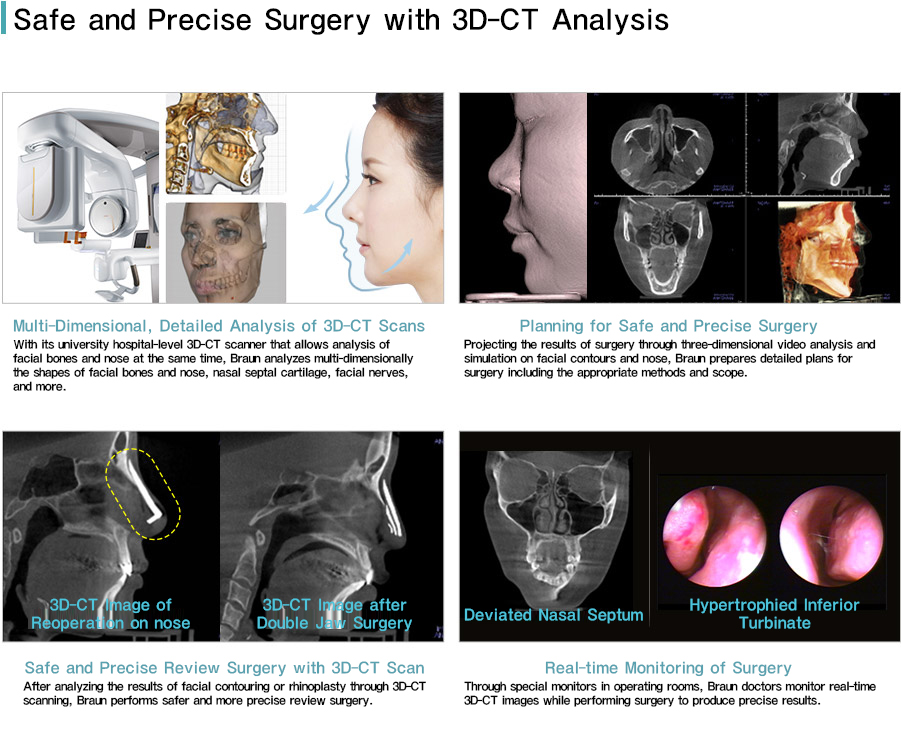




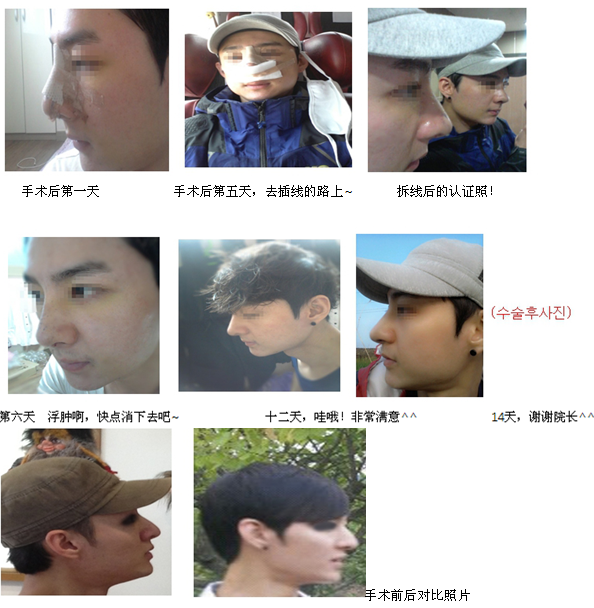









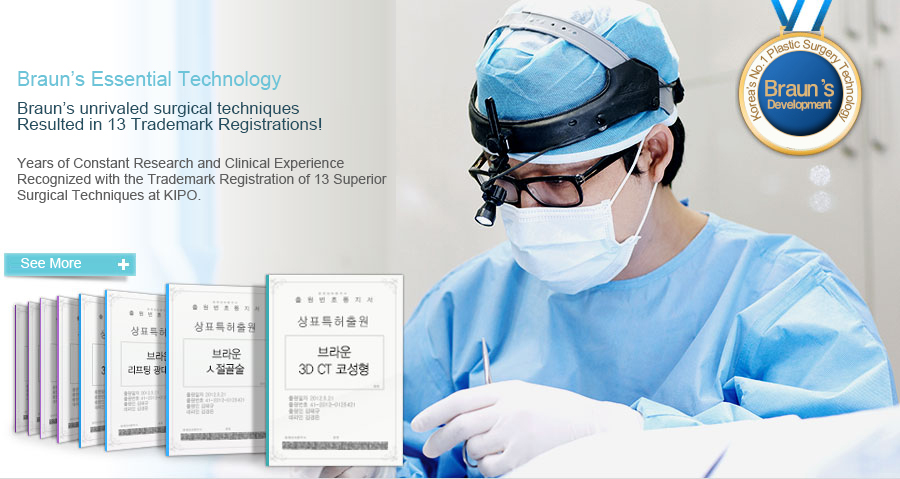
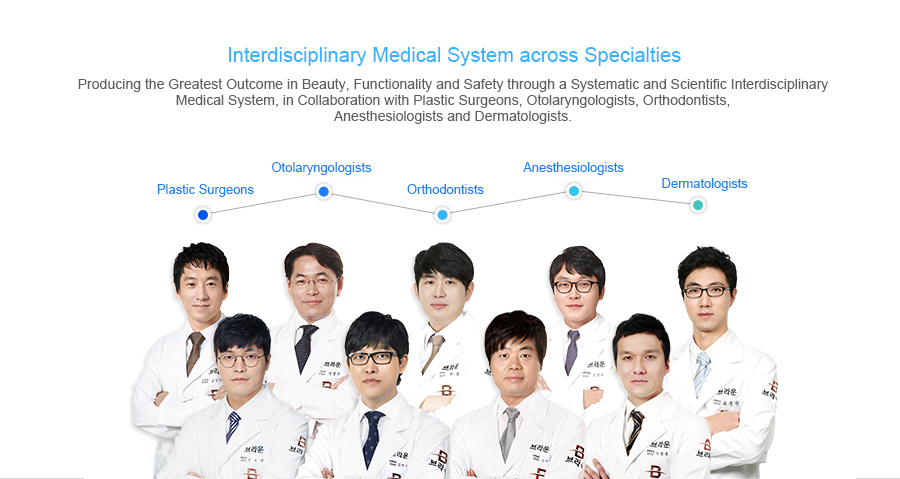
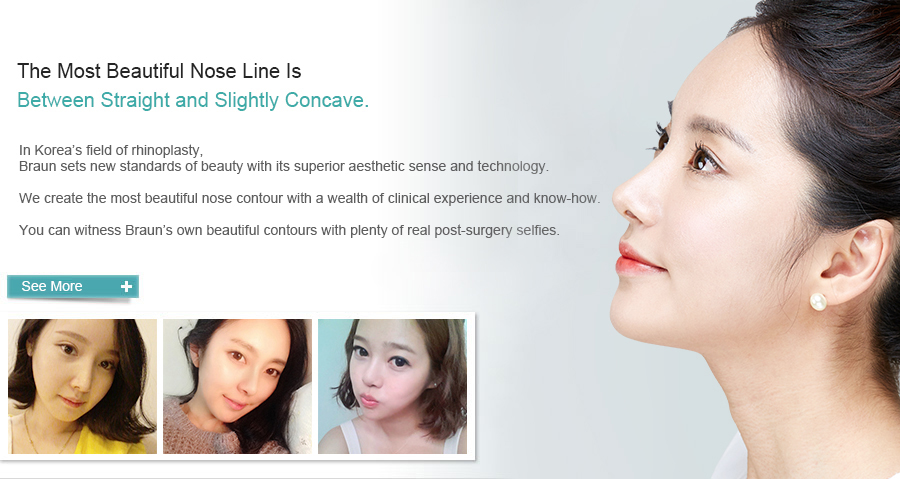
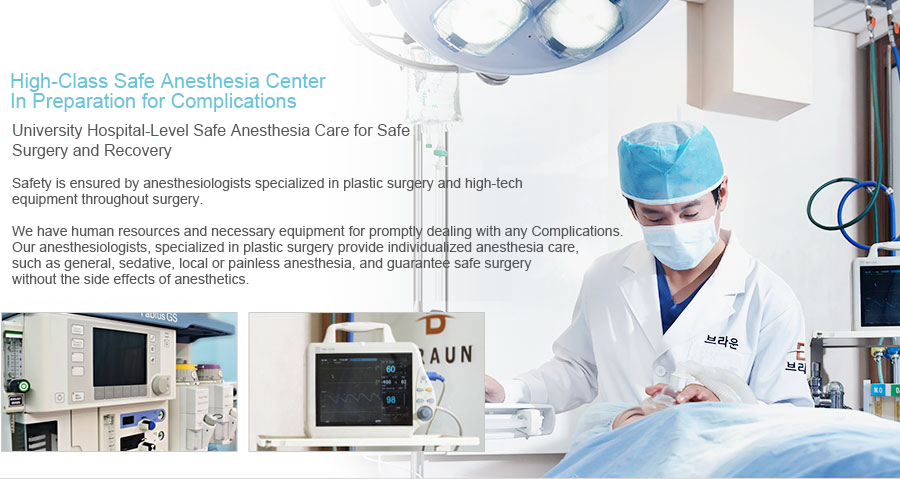
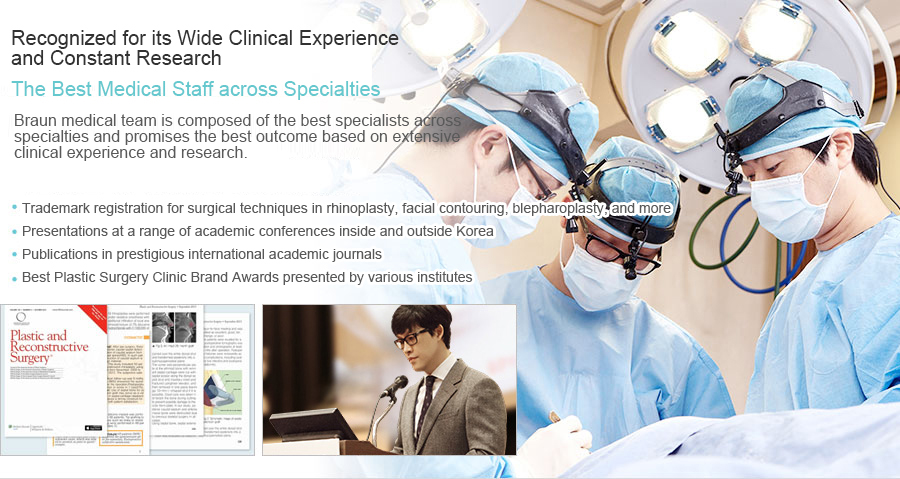

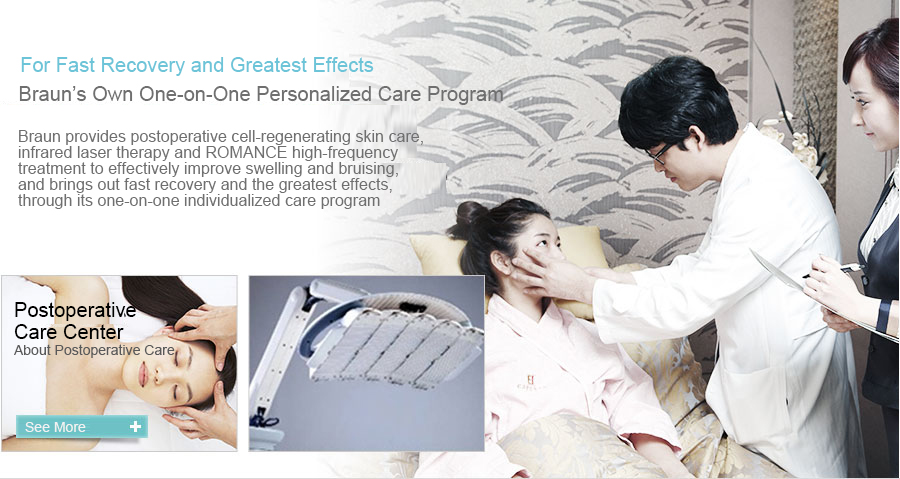
![2013年消费者最值得信赖的品牌大奖
[鼻部整形/面部轮廓整形领域]荣获大奖](/images2/main/partners_000.jpg)
![2013年韩国消费者最受欢迎品牌第一名
[鼻部整形/面部轮廓整形领域]荣获大奖](/images2/main/partners_03.jpg)









